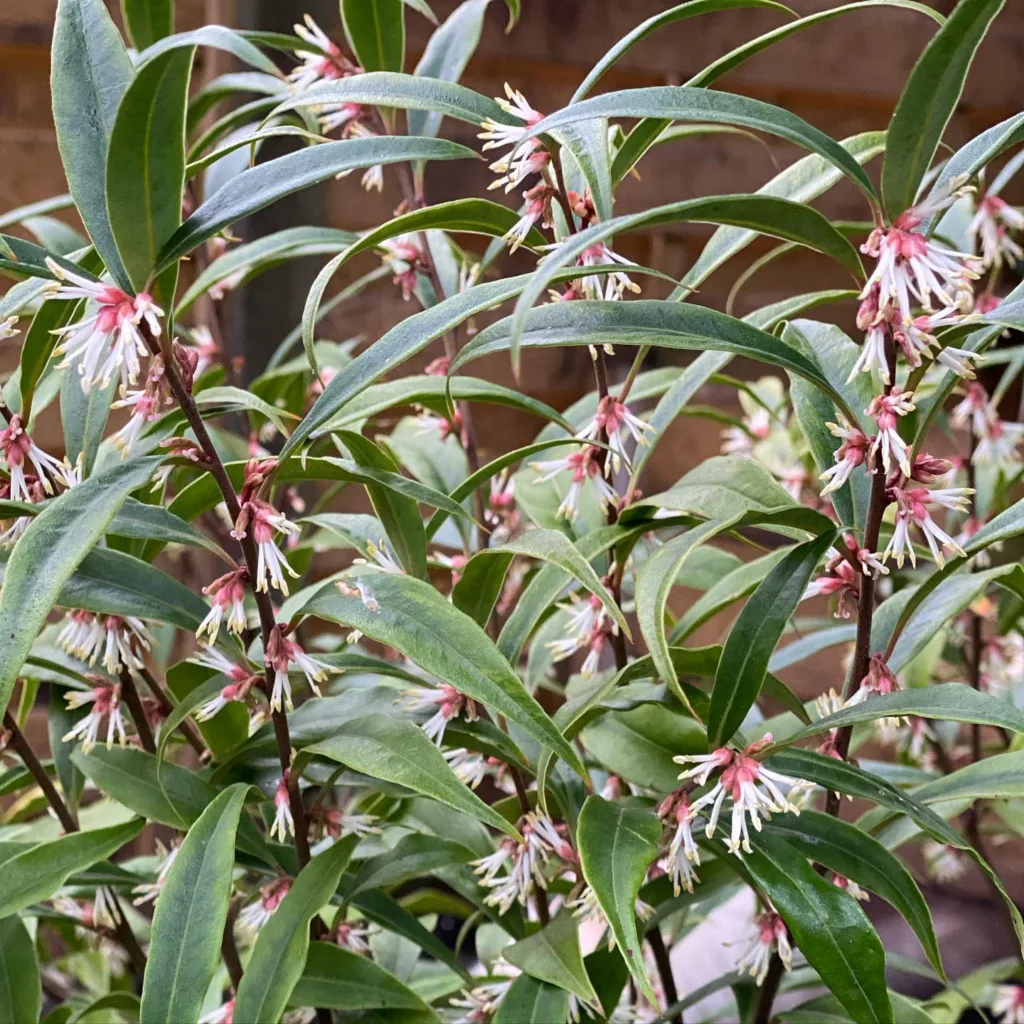
What Is Syringa Meyeri?
Syringa Meyeri, commonly known as Meyer Lilac is a deciduous shrub known for its fragrant, small lilac flowers and compact growth habit. It’s a popular choice for gardens because of its ornamental appeal and adaptability. The shrub typically reaches about 3 to 5 feet in height, making it suitable for smaller spaces. Its leaves are rounded and dark green, providing a lush backdrop to the delightful blooms.
12 Species in Genus Syringa – Lilac
Who Discovered Syringa Meyeri?
Syringa Meyeri was discovered by a German botanist named Ferdinand Meyer. Meyer encountered this plant in China in the late 19th century. He was fascinated by its unique characteristics, which led to its introduction to Europe and eventually to gardens worldwide.
How to Care for Syringa Meyeri?
Caring for Syringa Meyeri is relatively straightforward, and it thrives with a bit of attention. Here are some tips based on my experience:
- Sunlight: Meyer Lilac prefers full sun to partial shade. It should receive at least 6 hours of sunlight each day for optimal blooming.
- Soil: It grows best in well-drained soil. While it can tolerate a range of soil types, avoiding overly wet or heavy soils will prevent root rot.
- Watering: Regular watering is crucial, especially during dry periods. Ensure the soil remains moist but not waterlogged.
- Pruning: Pruning should be done immediately after flowering to maintain its shape and encourage more blooms for the following season. Avoid heavy pruning in late summer or fall, as this can affect the plant’s ability to flower the next year.
How to Propagate Syringa Meyeri?
Propagation of Syringa Meyeri can be done through several methods, with the most common being:
- Cuttings: Take softwood cuttings in early summer. Dip the cuttings in rooting hormone and plant them in a mix of sand and peat. Keep them in a humid environment until they develop roots.
- Seed: Although less common, Meyer Lilac can be propagated from seeds. Plant seeds in a cold frame or indoor pots and ensure they have a period of cold stratification to improve germination.
What to Plant With Syringa Meyeri?
Pairing Syringa Meyeri with other plants can enhance your garden’s aesthetic. I’ve found that it complements a variety of perennials and shrubs. Consider planting it alongside:
- Daylilies: Their vibrant colors and long blooming period contrast beautifully with the lilac’s subtle hues.
- Hostas: The lush foliage of hostas provides a great backdrop to the smaller, delicate flowers of Meyer Lilac.
- Peonies: Their large blooms and strong fragrance can create a stunning floral display in combination with Meyer Lilac.
Can You Grow Syringa Meyeri Indoors?
Growing Syringa Meyeri indoors is not ideal. This plant prefers outdoor conditions and requires a significant amount of sunlight to thrive. Indoors, it might not receive the necessary light and space it needs to grow properly. If you’re interested in indoor lilacs, you might consider dwarf or miniature varieties that are better suited to indoor environments.
Is Syringa Meyeri Toxic?
Syringa Meyeri is generally considered non-toxic to humans and pets. However, while not poisonous, it’s always a good practice to prevent ingestion of any plant material by pets or children to avoid any potential digestive upset.
Benefits of Syringa Meyeri
One of the main benefits of Syringa Meyeri is its stunning spring display of fragrant flowers. Besides their beauty, Meyer Lilacs are known for:
- Low Maintenance: They are relatively easy to care for, requiring minimal pruning and attention.
- Versatility: They can be used as hedge plants, in borders, or as standalone specimens in the garden.
- Pollinator Friendly: The flowers attract bees and butterflies, contributing to a healthy garden ecosystem.
Common Problems with Syringa Meyeri
Despite its many benefits, Syringa Meyeri can encounter a few issues:
- Powdery Mildew: This fungal disease can affect the plant, causing a white, powdery coating on leaves. Ensure good air circulation and consider applying a fungicide if needed.
- Leaf Spot: Spotting on leaves can be a sign of various fungal infections. Regularly inspect the plant and remove affected foliage.
- Pruning Issues: Improper pruning can affect blooming. Be sure to prune only after flowering and avoid cutting too much wood.
Comparing Syringa Meyeri with Other Lilacs
When compared to other lilac varieties like Syringa vulgaris (Common Lilac) or Syringa prestoniae (Preston Lilac), Syringa Meyeri is smaller and has a more compact growth habit. Meyer Lilac also tends to bloom later than some other varieties, extending the lilac season. Its smaller size makes it a better choice for smaller gardens or container planting.
In summary, Syringa Meyeri is a delightful addition to any garden, offering both beauty and ease of care. By understanding its needs and potential issues, you can enjoy its fragrant blooms year after year.
If i die, water my plants!



